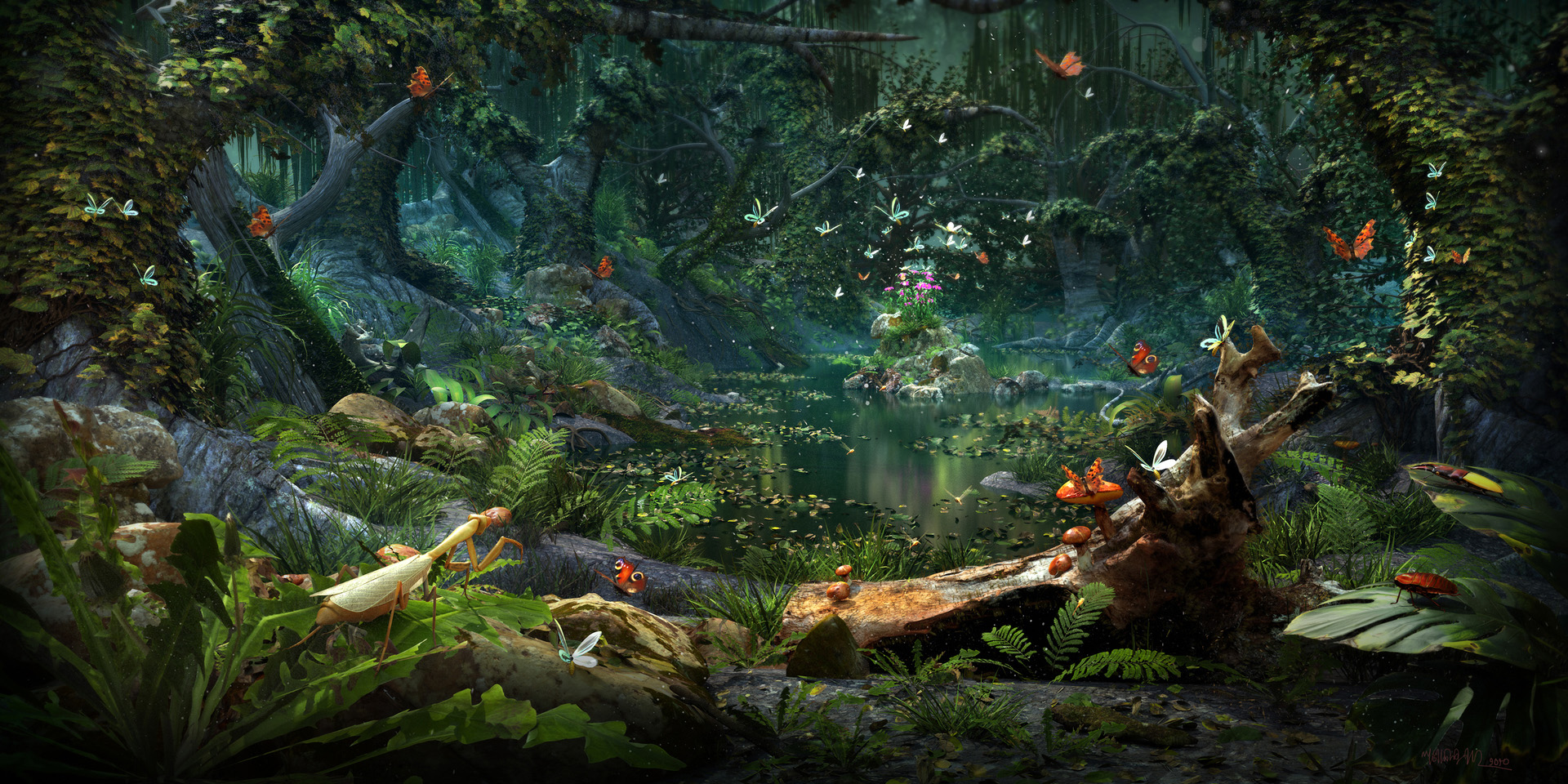

Historically, artists throughout the world have attempted to imply depth using techniques that exploit the well-known monocular “pictorial” cues to depth. Although the objects to be represented are invariably voluminous and are located at various distances, their representations on walls, paper, or canvas are necessarily two dimensional. The simulation of depth in artistic works presented on flat media has been a challenge for artists throughout history. As such, we have no evidence to reject the conventional view that the first producer of stereoscopic imagery was Sir Charles Wheatstone. Although effects were clear for Wheatstone and Dalí’s images, no such effects could be found for works produced earlier. To control for the contribution of monocular depth cues, ratings of the magnitude and coherence of depth were recorded for both stereoscopic and pseudoscopic presentations, with a genuine contribution of stereoscopic cues revealed by a difference between these scores. Here, we report the first quantitative study of perceived depth in these works, in addition to more recent works by Salvador Dalí. 1600) can be to be fused to yield an impression of stereoscopic depth, while others suggest that Leonardo da Vinci’s Mona Lisa is the world’s first stereogram. Although the first undisputed stereoscopic images were presented by Wheatstone in 1838, it has been claimed that two sketches by Jacopo Chimenti da Empoli (c.



However, the history of the use of stereoscopic techniques is controversial. Take designs further in XD, InDesign, and even into augmented reality using Adobe Aero.The history of the expression of three-dimensional structure in art can be traced from the use of occlusion in Palaeolithic cave paintings, through the use of shadow in classical art, to the development of perspective during the Renaissance. Bookmark and render different perspectives without having to change your work. With an intuitive UI, you can focus on bringing your creative vision to life, from advertising to abstract and conceptual art.Ĭreate high-quality images and 3D interactive content from a single Dimension file. Take your concepts to 3D in just a few steps. Import models from Adobe Stock and third-party apps, and export your scenes as layers to refine them further in Photoshop. Composite 2D designs from Photoshop and Illustrator and materials from Substance. Easily search Adobe Stock for 3D assets optimized for Dimension right within the app.Ĭraft photorealistic images with depth, texture, and the right lighting. Drag and drop a vector graphic or image onto a 3D model to see it in real context. Visualize your branding, packaging, and logo designs in 3D. Dimension makes it easy to build brand visualizations, product mockups, packaging designs, spatial designs, and other creative work. Create engaging 3D content faster with high-quality models, materials, and lighting.


 0 kommentar(er)
0 kommentar(er)
